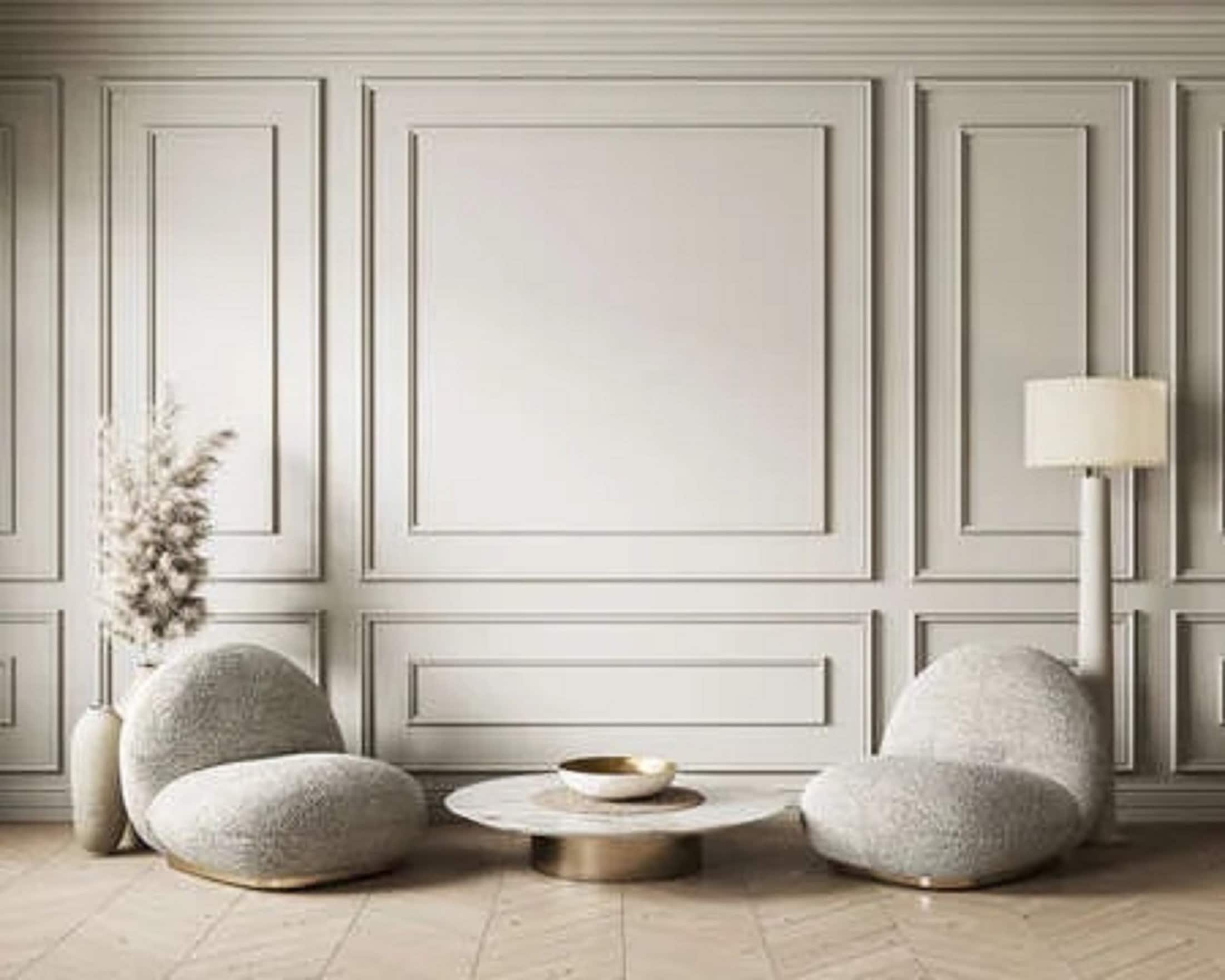Decorative wall moulding is a fabulous way to add character and charm to any room. Having recently updated my home with some exquisite moulding, I can tell you firsthand how it can transform a plain space into an elegant one. In this article, we’ll explore the intricacies of decorative wall moulding, from types and styles to installation tips and maintenance.
What is Decorative Wall Moulding?
Decorative wall moulding refers to various types of trim that are used to enhance the visual appeal of walls and ceilings. These moulding pieces can range from simple strips to elaborate designs, used in various applications including baseboards, crown moulding, wainscoting, and more.
Types of Decorative Wall Moulding
Understanding the different types of decorative wall moulding can help you make an informed choice. Here’s a breakdown:
1. Crown Moulding
Crown moulding is installed at the junction of the walls and ceiling, providing an elegant transition that can make a room feel taller and more sophisticated.
2. Baseboards
Baseboards are the moulding that runs along the bottom of walls, protecting them from scuffs and adding a finished look to the floor.
3. Chair Rails
Installed around the height of a chair back, chair rails prevent damage to walls and can also be used to create a visual separation between wall colors or textures.
4. Wainscoting
Wainscoting is a decorative treatment for walls that typically involves paneling half of the wall height, often paired with a chair rail.

Materials Used in Wall Moulding
Various materials can be used for decorative moulding. Here’s a comparison table:
| Material | Pros | Cons |
|---|---|---|
| Wood | Durable, classic look, can be stained or painted | Can warp, expensive, requires maintenance |
| Medium Density Fiberboard (MDF) | Cost-effective, smooth finish, easy to paint | Not as durable as wood, can swell with moisture |
| Polyurethane | Lightweight, moisture resistant, easy to install | Less authentic look, may fade over time |
| Plaster | Highly decorative, can create intricate designs | Heavy, can crack, requires skilled installation |

Benefits of Decorative Wall Moulding
There are numerous benefits to incorporating decorative wall moulding in your home décor. Here are some key advantages:
Enhanced Aesthetic Appeal
Moulding can add an element of sophistication and elegance, instantly elevating the look of a room.

Increased Home Value
Well-done moulding adds value to your home, making it more attractive to potential buyers.
Protection for Walls
Baseboards and chair rails help protect walls from damage due to furniture or everyday wear and tear.

Versatility
Decorative moulding comes in various styles and can fit into any design theme, from traditional to modern.
Choosing the Right Style for Your Home
Once you’ve decided to add decorative wall moulding, the next step is to choose the right style that complements your home. Here are a few popular styles to consider:

Traditional
Traditional moulding features intricate designs and is often made of wood. It’s perfect for classic and elegant spaces.
Modern
Modern moulding tends to be more minimalistic with clean lines, which works well in contemporary homes.

Farmhouse
Farmhouse style often includes reclaimed wood and rustic finishes, providing a cozy, warm atmosphere.
Transitional
This style blends traditional and modern elements, making it versatile for various designs.
How to Install Decorative Wall Moulding
Installing decorative wall moulding can be a rewarding project. Below are the steps I’ve found helpful when tackling this task:
Tools and Materials Needed
- Measuring tape
- Miter saw
- Nail gun or hammer
- Level
- Paint or stain (if desired)
- Caulk and caulk gun
- Stud finder
Step-by-Step Guide
- Measure and Plan: Measure the walls and decide which type of moulding you want to install.
- Cut Moulding to Size: Use a miter saw to cut your moulding at a 45-degree angle for corners.
- Attach Moulding: Use a nail gun to secure the moulding in place, ensuring you hit studs for a secure fit.
- Fill Gaps: Use caulk to fill any gaps or imperfections between the moulding and the wall.
- Paint or Stain: If your moulding isn’t pre-finished, now is the time to apply paint or stain.
Common Mistakes to Avoid
- Not measuring accurately.
- Skipping the priming step if painting.
- Forgetting to use studs for secure installation.
Maintenance of Decorative Wall Moulding
To keep your decorative wall moulding looking its best, here are a few maintenance tips:
Regular Cleaning
Dust your moulding regularly with a soft cloth or duster. For painted moulding, a damp cloth can help remove any scuffs or marks.
Check for Damage
Periodically inspect your moulding for cracks or damage, especially in high-traffic areas.
Repaint When Necessary
If you notice fading or chipping paint, refreshing the paint can rejuvenate the look.
Frequently Asked Questions (FAQs)
What is the best material for decorative wall moulding?
The best material depends on your preferences and budget. Wood is durable and classic, while MDF is cost-effective and easy to work with.
Can I install decorative moulding myself?
Yes! With the right tools and a bit of patience, DIY installation is entirely feasible. Follow the steps outlined above for guidance.
How do I choose the right style for my room?
Consider your current décor, color scheme, and the overall theme of your home. Explore various styles and choose one that complements your space.
Is decorative wall moulding worth the investment?
Absolutely! Decorative moulding can significantly enhance your home’s aesthetic appeal and increase its resale value.
Conclusion
Decorative wall moulding is a timeless addition that can transform any space into a work of art. Whether you choose to go for classic wood designs or modern materials, the impact will surely impress. Remember to choose styles that resonate with your personal taste, and don’t hesitate to take on some DIY installation for a fulfilling project. Embrace the beauty of wall moulding and enjoy the elevated charm it brings to your home!